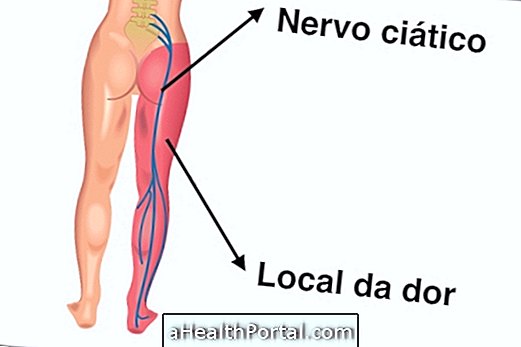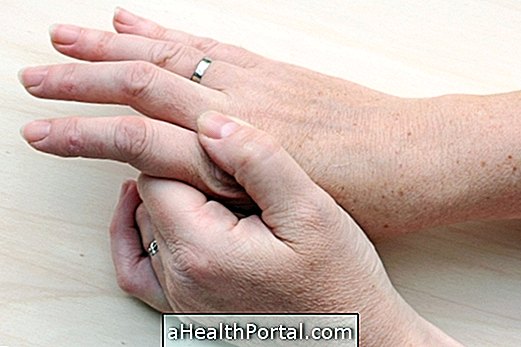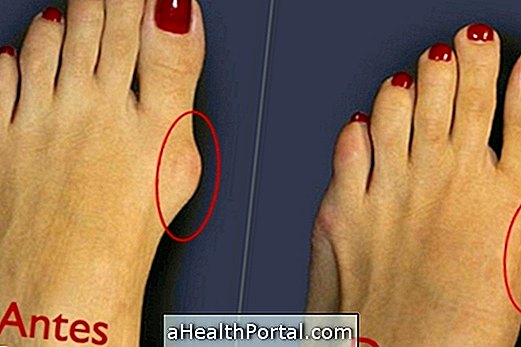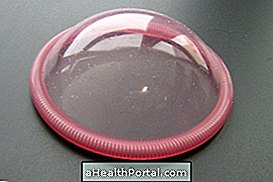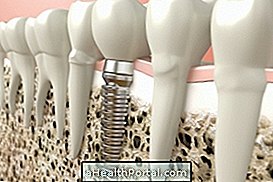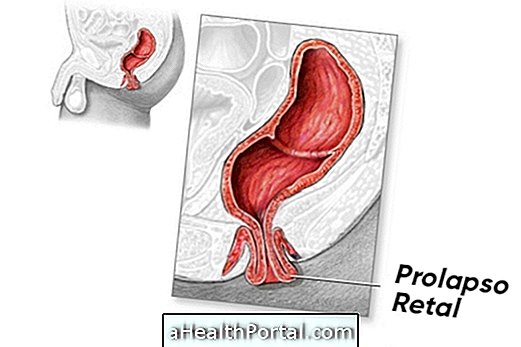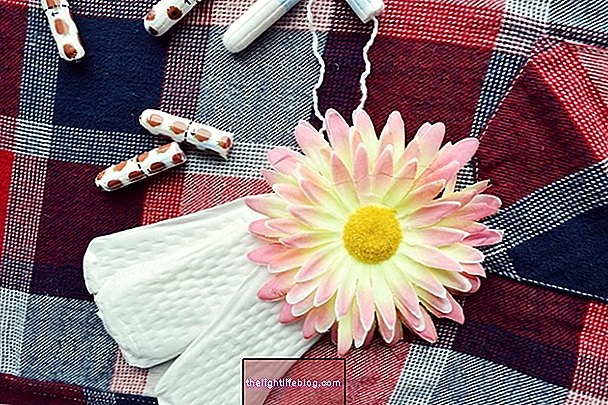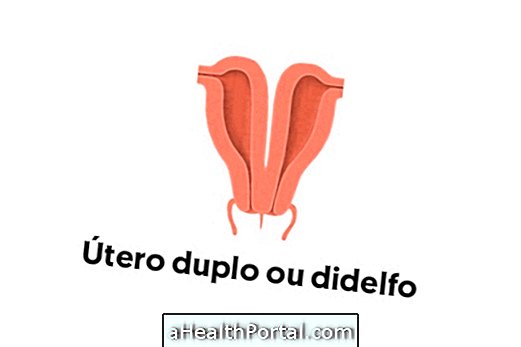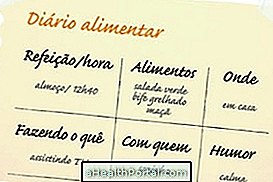Morton's Neuroma is a small lump in the sole of the foot that causes discomfort when walking. This carcinoid forms around the plantar nerve at the point where it divides causing localized pain between the 3rd and 4th toes when the person walks, squats, climbs, or runs, for example.
This lesion is more common in women over the age of 40 who need to wear high-heeled beaks and people who engage in physical activity, especially running. Not always the cause of this lump in the foot can be identified but in any case it takes excessive pressure on the place like the use of high heels, a punch in the place of the pain or the habit of doing races in the street or the treadmill, because these situations generate microtraumas repeatedly, giving rise to inflammation and neuroma formation, which is the thickening of the plantar nerve.

Signals and symptons
Morton's Neuroma can be identified by the orthopedist or physiotherapist when the person has the following signs and symptoms:
- Severe burn-in-the-chest pain that worsens when going up or down stairs due to hyperextension of the fingers and that improves when removing the shoe and massaging the region;
- There may be numbness in the instep and fingers;
- Shock sensation between the 2nd and 3rd finger or between the 3rd and 4th finger.
For the diagnosis it is recommended to palpate the area in search of a small lump between the fingers, and when pressed the person feels pain, numbness or sensation of shock, and in addition, it is evident the movement of the Neuroma, being enough to close the diagnosis, but the doctor or physiotherapist may still request an ultrasound or MRI scan to rule out other changes in the feet, and to identify a neuroma that is less than 5 mm.
Treatment
Morton's Neuroma treatment begins with the use of comfortable, non-heeled shoes with space to keep your fingers apart, such as a sneaker or a sneaker, for example, which is usually enough to decrease pain and discomfort. But the doctor may indicate infiltration with corticosteroid, alcohol, or phenol, in place to relieve pain.
In addition, the physiotherapist may indicate the use of a specific insole to better support the foot within the shoes and sessions of physiotherapy to lengthen the plantar fascia, toes and use of equipment such as ultrasound, microcurrent or laser, for example. In some cases, surgery may be indicated for removal of the neuroma, especially when the person is practicing physical activity or is an athlete and could not cure the neuroma with the previous options.
